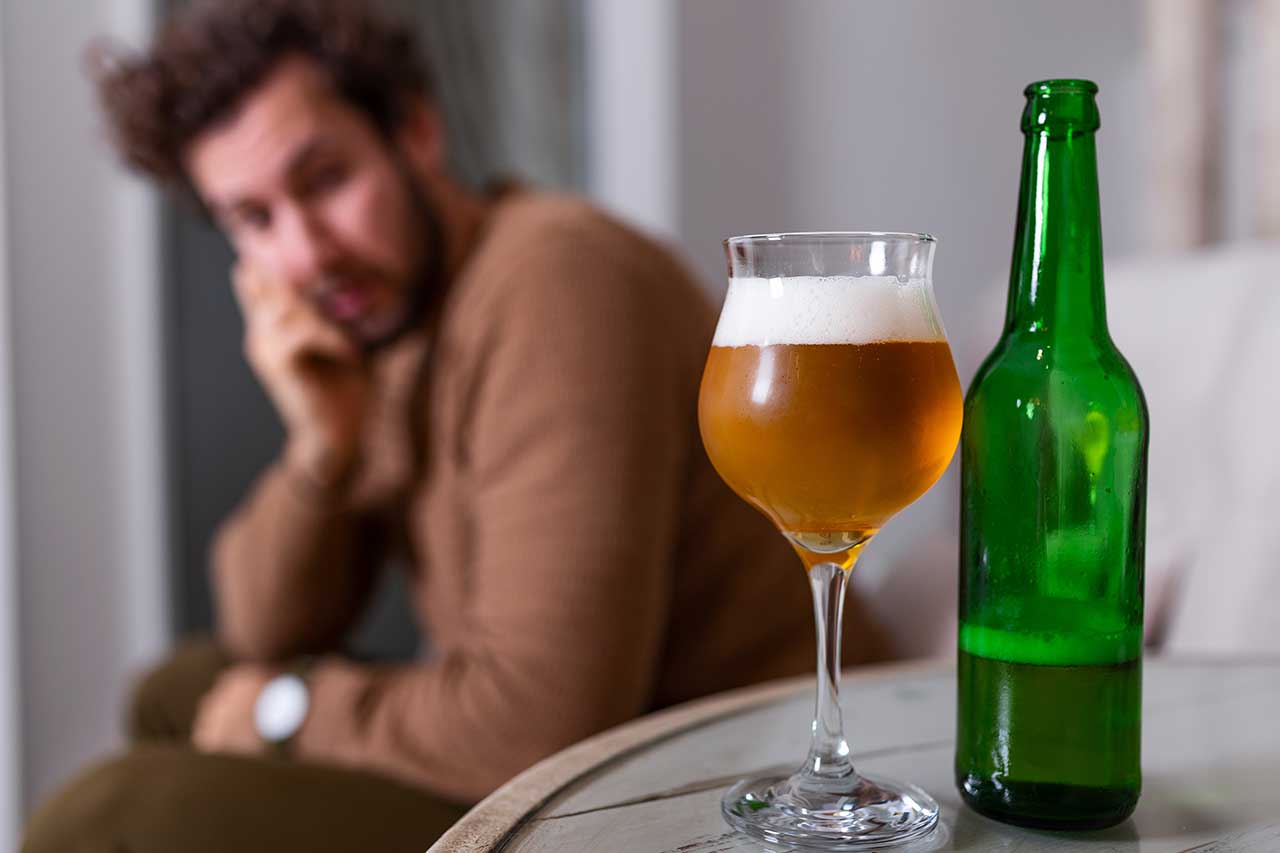


Meet Faith in Recovery’s Certified Pet Therapy Dog Luke!
April 11, 2022


Side Effects of Methylphenidate Use
April 20, 2022


Meet Faith in Recovery’s Certified Pet Therapy Dog Luke!
April 11, 2022


Side Effects of Methylphenidate Use
April 20, 2022
For some people, drinking is their number one way of dealing with negative emotions and stress, but this isn’t the healthiest coping mechanism. A glass of wine after a stressful day at work can easily turn into a glass every day. Women who are in stressful homes, work, and social settings are at higher risk of emotional drinking. Considering “wine mom culture” and other growing alcohol-related trends, we’re going to be looking into this emotional form of alcohol use called gray area drinking.
What Is Gray Area Drinking?
Whenever something is referred to as being in a “gray area,” it means that it can easily tip the scale between “positive” and “negative.” Various controversial subjects are referred to as being in the gray area of right and wrong. And the same concept can be applied to drinking.
Gray area drinking is when someone has a drinking problem but does not have an alcohol use disorder. People who struggle with gray area drinking sit in the space between “rock bottom” drinking and every-now-and-again drinking. However, their alcohol use may be severe enough to interfere with their jobs, relationships, and other areas of their lives.
Gray area drinkers have always existed, but due to the pandemic-induced stress that has led to an increase in heavy drinking, particularly among women, this term has blown up. The gray area drinking definition is further supported by extensive research. According to the Centers for Disease Control and Prevention (CDC), about 90% of people who drink excessively don’t have a severe alcohol use disorder.1 Yet, these individuals still suffer from the physical, emotional, and relational consequences of excessive drinking.
What Is a Gray Area Drinker: Signs You Are One
Gray area drinking is different from a formal alcohol use disorder. This is a medical condition marked by the inability to stop using alcohol despite the evident repercussions to a person’s health, social life, and job. People with alcohol addictions are unable to manage how much they drink or cut back on their own, even if they want to. Due to alcohol’s impact on chemicals in the brain, the body eventually becomes accustomed to the substance, and long-time drinkers often keep drinking to avoid withdrawals.
Alcoholism also often stems from emotional struggles like stress, anxiety, and depression, which is the case with gray area drinkers. As we mentioned, both the term and behavior became more prevalent during the pandemic, especially among women. Considering the combined stress of working remotely, caring for children while working, schooling children at home, the stress of the virus itself, and everything in between, it’s understandable why alcohol became a crutch for so many to lean on.
In 2020, alcohol sales increased by 54% in March, and online alcohol sales were up by 477% by the end of April compared to the year before.2 Many were dealing with fear, isolation, financial stress, job loss, and loss of loved ones during the pandemic. With this in mind, do you think you’d pass the gray area drinking test?
Below are some signs of gray area drinking to look for in yourself.
- You silently worry, regret, and fret about your drinking
- You’re hesitant to reduce your drinking for fear of not being able to handle the stress on your own
- You are drinking between two ends of the scale: you’re not an every-second drinker, yet you aren’t an every-once-in-a-while drinker
- You can stop drinking – sometimes for weeks or months at a time – but it’s hard to stay abstinent
- Others often don’t view your drinking as problematic: You might drink like most people in your social circle or less than them, which may make you feel better and make your drinking habits seem less “severe”
- You constantly bounce back and forth between your conscience telling you to stop drinking, and the “live a little” mentality
- You reach for alcohol whenever you’re feeling stressed
- You get upset or “bummed” when you run out of alcohol at home
At the end of the day, while you may be able to stop drinking whenever you want, you might have that inner voice telling you that one more drink won’t hurt or “live a little.” This teeter-tottering between yes and no when it comes to alcohol can indicate a growing problem. If you’re struggling with alcohol, don’t wait until it gets out of hand.
Instead, our Christian drug rehabilitation facility can help you nip it in the bud. Whether you fall into the gray area of drinking and need counseling to help you manage your habits, or you need alcohol detox and treatment to help you regain your sobriety, we’re here for you.
Call Faith in Recovery today at 888-280-4763 for more information about our alcohol addiction treatment and other Christian-based recovery programs. Although our facility’s services are faith-based, people of all faith and non-faith backgrounds are welcome.
Related Reading:
What the Bible Says About Addiction
High-Functioning Alcoholic: Signs and Symptoms
Sources:

